This is my DEBUG's output of the compiled main function:
16E1:01FA 55 PUSH BP
16E1:01FB 8BEC MOV BP,SP
16E1:01FD 83EC02 SUB SP,+02
16E1:0200 C746FE0500 MOV WORD PTR [BP-02],0005
16E1:0205 8D46FE LEA AX,[BP-02]
16E1:0208 50 PUSH AX
16E1:0209 B89401 MOV AX,0194
16E1:020C 50 PUSH AX
16E1:020D E8AA06 CALL 08BA
16E1:0210 59 POP CX
16E1:0211 59 POP CX
16E1:0212 8BE5 MOV SP,BP
16E1:0214 5D POP BP
16E1:0215 C3 RET
int a=5; is a local variable inside the function main which is stored on the stack (MOV WORD PTR [BP-02],0005). A value on the stack is lost, when you leave the function (RET). You cannot see it outside the running program.
Your plan can go well, if you
- Initialize a global variable and
- produce a tiny .com program.
simplepr.c:
#include <stdio.h>
int a=5;
void main()
{
printf ("address of a=%x",&a);
}
Compile:
TCC.EXE -mt -lt simplepr.c
DEBUG session:
n simplepr.com
l
g -> address of a=125c (example)
d 125c -> or what the address is


